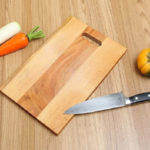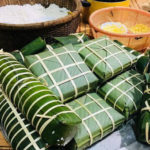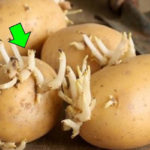During the end of the year, vegetables and fruits are becoming more expensive. Nowadays, the demand for food is also increasing. As a result, there is a higher risk of pesticides being used on vegetables and fruits. To ensure a safe Lunar New Year with non-toxic food, housewives should keep in mind the following tips when choosing vegetables and fruits:
Prioritize seasonal vegetables
You should prioritize choosing vegetables and fruits that are in season because during this time, most vegetables grow and develop normally, with less risk of pests and diseases, which would result in the use of plant protection chemicals, fertilizers, and stimulants to increase productivity, thereby reducing the use of chemicals. So pay attention to choosing seasonal vegetables and avoid out-of-season varieties.
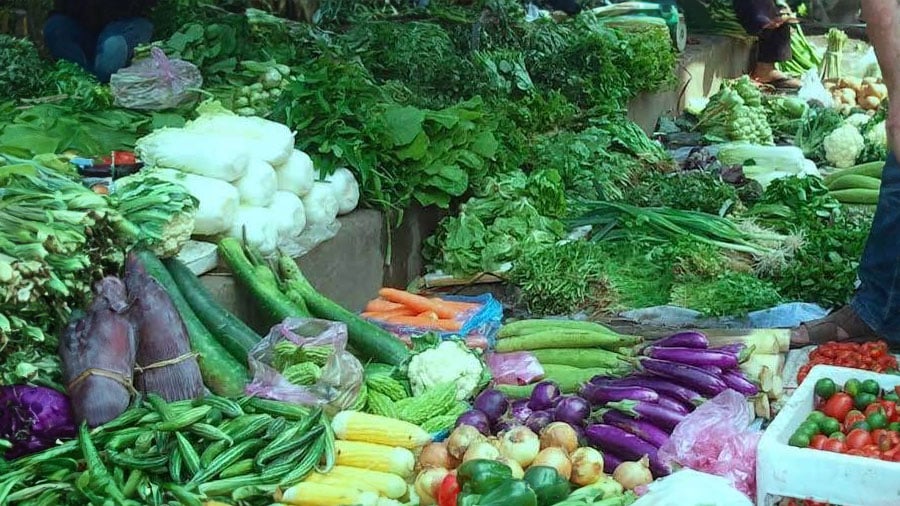
Avoid overgrown leafy vegetables (like spinach, long beans, pumpkin shoots…)
For leafy vegetables like spinach, beansprouts, water spinach, pumpkin shoots, etc., when buying, you should avoid buying vegetables with leaf stems that are too long. There is a risk that they have been treated with excessive growth stimulants and have not been properly isolated before harvesting for sale. If you buy them and do not use them immediately, the next day the stems will grow an additional 5-10 cm, indicating that they have been treated with growth hormones, so it is best to discard them.
Inspect the roots of leafy vegetables (like kale, Chinese cabbage…)
For vegetables in the brassica family, when buying, you should break the stem in half. If you see water oozing out, it means that the vegetables have been over-fertilized with nitrogen. These vegetables are harvested early without proper isolation time, so the nitrate content in them is still very high, which can cause poisoning, especially in young children. If left for more than 12 hours, these vegetables will become discolored and should not be purchased.
Avoid fresh-looking spinach
When choosing water spinach, you should avoid vegetables with thicker stems than usual, crispy texture, dark green leaves, and shiny appearance. These signs indicate that they have been fertilized with excessive amounts of nitrogen or foliar fertilizers. When cooking water spinach, if the water has a strange green color, and when it cools down, the water turns dark green, and if there is a bitter taste after eating, then it is not safe to consume.
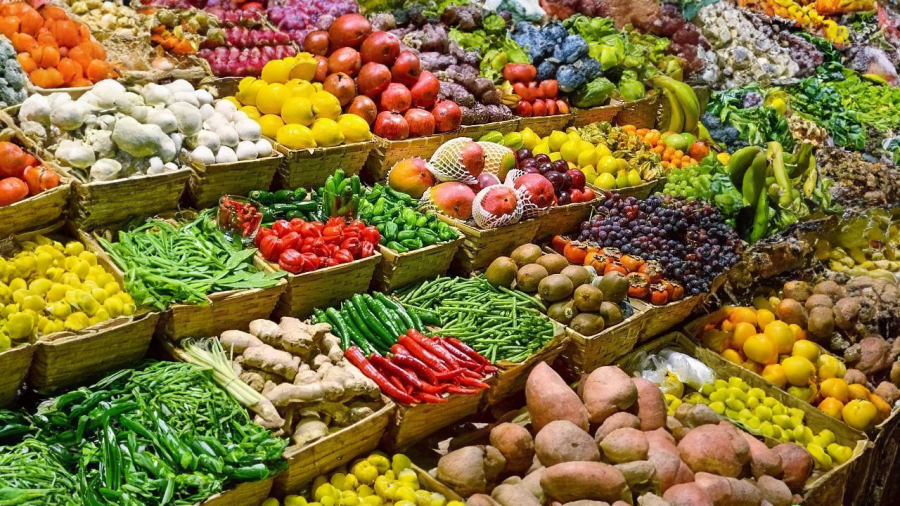
Avoid large and colorful roots and fruits
When choosing root crops and fruits, it is best to avoid selecting ones that are too large and choose ones that are medium-sized or slightly smaller. Do not choose fruits with tight and cracked skins, or fruits with a bright green color. Especially for fruits, you should observe if the batch has ripe fruits to determine whether they have grown and developed normally.
Various types of beans (yardlong beans, snake gourd, Dutch beans, broad beans…)
If the beans are shiny and have few hairs, it indicates the use of growth stimulants.
Avoid vegetables and fruits that are cracked or have unusual shapes as they are often due to excessive fertilizer use, resulting in irregular cracking.
Safe handling of vegetables and fruits
To reduce the risk of vegetables and fruits having residual pesticide and bacterial contamination, the simplest way to handle them before consumption while ensuring hygiene and safety is as follows:
– Wash vegetables and fruits under clean running water, using strong running water to remove pesticide residue and some dirt from the surface of the produce. Do not wash from one basin to another because bacteria and dirt will still not be washed away, just like washing them under running water.
Large leafy vegetables: carefully separate and wash each bunch of vegetables, each leaf, wash one side of the leaf first, and then the other side gently, without rushing.
Small leafy vegetables should be washed in a basin with clean water several times.
For leafy vegetables: when using, remove the stems because this part contains a lot of plant protection chemicals.
– For fresh fruits, after washing them under running clean water several times, it is still necessary to peel them if there are any doubts about their safety.
– Limit the consumption of raw vegetables. If consumed, they should be washed thoroughly under running clean water.
8 Common Mistakes People Make with Cutting Boards
Are you using your cutting board correctly? Many Vietnamese households rely on cutting boards in their kitchen, but not everyone knows how to use them properly, especially when it comes to wooden cutting boards. Check out these 8 mistakes to avoid when using a cutting board to ensure both hygiene and safety for everyone in your family.
Is Refrigerated Leftovers Linked to an Increased Risk of Cancer?
Dr. Lam Van Man, Head of Research, Development and Technology Transfer Department of the Institute of Safety Food, has warned of the risk of food poisoning when reheating leftovers from the refrigerator. But what should we be aware of when it comes to the possibility of these leftovers causing cancer? Here, we explore what the experts have to say on the matter and offer some tips for safe eating.
Preserving Leftover Food from the Tet Holiday
With the beginning of the Lunar New Year, many households are stocking up on food to celebrate the festive occasion. While keeping food in the refrigerator is convenient, it can also be harmful to users if not done correctly. We have compiled a few tips to help ensure food remains fresh and safe to consume during Tet.

























